World coffee prices increased sharply as the market worried about a decline in global supply due to drought in Brazil and severe floods in the Central Highlands (Vietnam), pushing Arabica and Robusta prices to new highs.
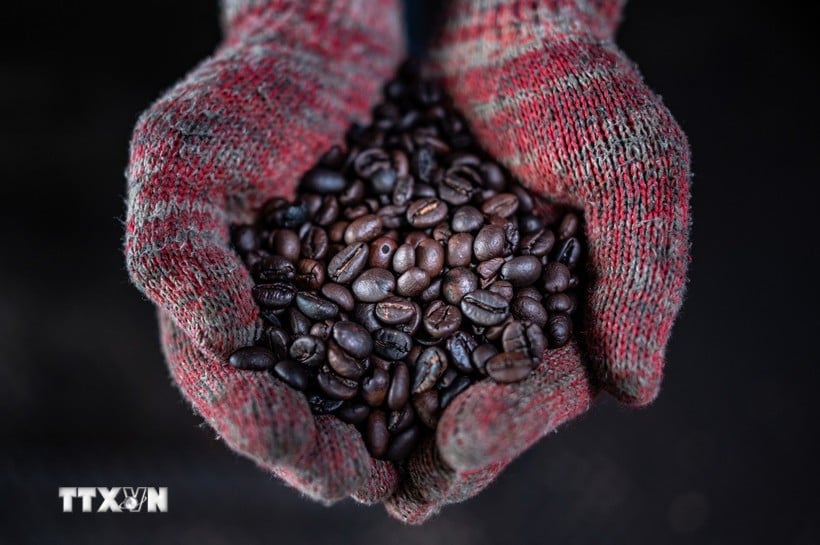
According to the Vietnam Commodity Exchange (MXV), the world raw material market recorded mixed developments in the trading session on November 25.
The MXV-Index closed at 2,300 points, down nearly 0.3% from the previous session. However, the market still recorded strong buying power in the coffee market as concerns about supply continued to persist as well as the recovery of soybean prices following the US's reassurance.
Closing the trading session, the industrial raw materials group witnessed green covering most of the key commodities in the group; in which, Arabica coffee price increased by more than 1.6% to 9,131 USD/ton; Robusta coffee price also increased by nearly 2.4% to 4,559 USD/ton.
According to the Vietnam Commodity Exchange (MXV), the hot increase in coffee prices mainly comes from growing concerns about the global supply outlook, especially in Brazil and Vietnam.
While Brazil is witnessing a sharp decline in export output and drought is threatening the 2026-2027 crop, Vietnam is also facing unprecedented floods in the Central Highlands, causing great damage to coffee growing areas at the key stage of the harvest.
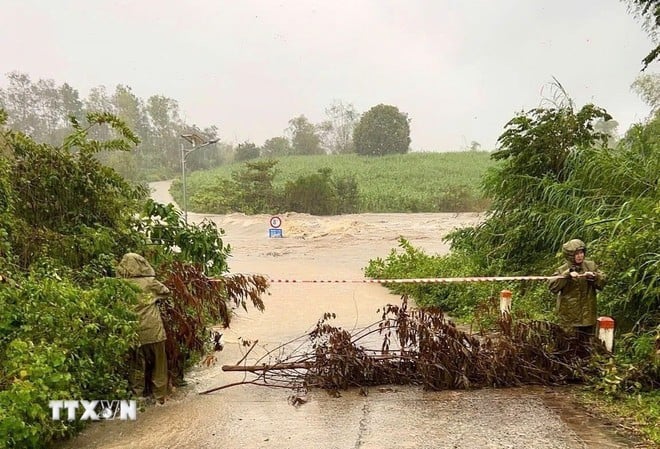
In addition, the tight supply situation is also clearly reflected in global inventory data.
In Antwerp, Europe's largest Robusta and Arabica coffee storage center, in June, the US Department of Agriculture estimated the 2025-2026 inventory-to-use ratio at just 12.85% - the second lowest on record and the third consecutive year below the 15% threshold, reflecting a marked tightening of supply this crop year.
Meanwhile, Climatempo data shows that drought will continue to affect coffee-producing regions in Brazil’s central-south region this weekend, although conditions will also ease in the Bahia and Espírito Santo regions. However, early next week, a new cold front is expected to move in along the Brazilian coast, directly affecting key growing regions.
In the domestic Vietnamese market, the coffee trading atmosphere yesterday was quite gloomy, with the purchase price at the warehouse remaining stable at around 110,000-111,000 VND/kg, some places urgently needed goods and had to accept to buy at the price of 111,500 VND/kg.
Although the harvest is still going well and is expected to reach its peak in the next 20 days in the Chu Se region (Gia Lai), most farmers are still conservative in their mentality of waiting for prices to increase, causing the transaction volume to only take place at a small scale - about 5-20 tons/day.
In Dak Lak, the price of finished products of types R2 and R1 is currently in the range of 111,000-113,300 VND/kg depending on the type of sieve. For export, large enterprises in key provinces such as Dak Lak, Lam Dong and Gia Lai still maintain the purchase price threshold of 110,000-111,500 VND/kg, in the context that warehouses have slowed down the emission rate to monitor market developments.
Not only industrial raw materials, agricultural products yesterday also recorded dominant buying power when the US President Donald Trump's administration continuously made statements to reassure investors.
Soybeans have especially attracted market attention as many experts are concerned about China's ability to fully implement its commitment to buy 12 million tons of American soybeans as announced by the US.
At the end of yesterday's trading session, soybean prices on the CBOT floor increased slightly by 0.13% to 413 USD/ton.
The latest positive signal from Washington came from US Treasury Secretary Scott Bessent, who said China's soybean imports from the US were "on track," citing a deal Beijing has signed to buy 87.5 million tonnes of the product from the US over the next three and a half years.

Minister Bessent also added that although the two countries have always been competitors, bilateral relations between the two countries remain in good condition, and senior leaders of the two sides are expected to have up to four meetings in 2026.
Earlier, on November 24, both Agriculture Secretary Brooke Rollins and President Donald Trump reaffirmed their optimism about China's ability to fulfill its commitment to buy 12 million tons of US soybeans that the White House announced earlier this month.
Besides, the market also recorded many signs reinforcing the possibility of China increasing imports of US soybeans.
Two cargo ships headed to grain ports near New Orleans on Monday to load the first soybean cargoes to China since May, Reuters reported.
Earlier, information about China canceling some orders from Argentina to make room for US soybeans also appeared on the market.
However, the rise in soybean prices is still restrained by concerns about actual demand from China, in the context of US soybeans facing fierce price competition pressure.
Currently, the price of US soybeans is about 37 USD/ton higher than that of Brazilian soybeans - the world's largest supplier - making investors worried about the prospect of demand from China in the coming time.
In another development, positive sentiment in the soybean market has spread to other agricultural products, especially when investors expect the US Federal Reserve (Fed) to cut interest rates in December.
The move could weaken the dollar, making US agricultural products more price competitive with foreign importers.
CBOT wheat prices rose nearly 1% in yesterday's trading session. On the contrary, profit-taking ahead of the US Thanksgiving holiday created strong selling pressure, causing corn prices to slightly decrease by less than 0.1%./.
Source: https://baolangson.vn/han-han-va-mua-lu-de-doa-san-luong-gia-caphe-leo-len-muc-cao-moi-5066110.html


![[Photo] Prime Minister Pham Minh Chinh chairs the 15th meeting of the Central Emulation and Reward Council](/_next/image?url=https%3A%2F%2Fvphoto.vietnam.vn%2Fthumb%2F1200x675%2Fvietnam%2Fresource%2FIMAGE%2F2025%2F11%2F27%2F1764245150205_dsc-1922-jpg.webp&w=3840&q=75)




![[Photo] President Luong Cuong attends the 50th Anniversary of Laos National Day](/_next/image?url=https%3A%2F%2Fvphoto.vietnam.vn%2Fthumb%2F1200x675%2Fvietnam%2Fresource%2FIMAGE%2F2025%2F11%2F27%2F1764225638930_ndo_br_1-jpg.webp&w=3840&q=75)


![[Photo series] Watching the sunset at Long Thanh Airport construction site](https://vphoto.vietnam.vn/thumb/402x226/vietnam/resource/IMAGE/2025/11/27/1764254151573_anh_5_20251127205055_20251127212613.jpeg)














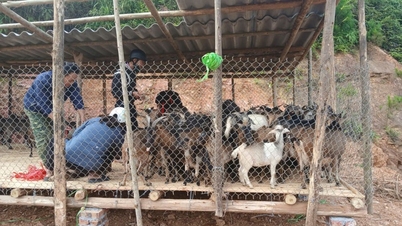

























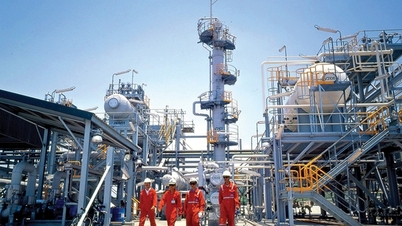

















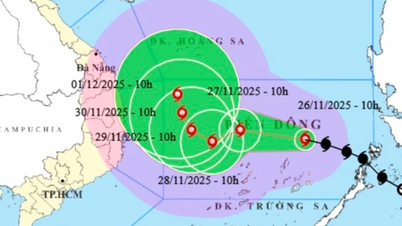













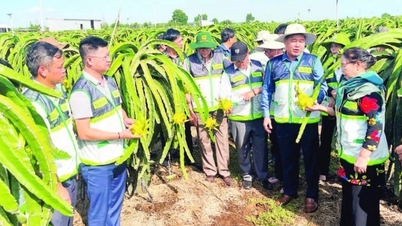














Comment (0)